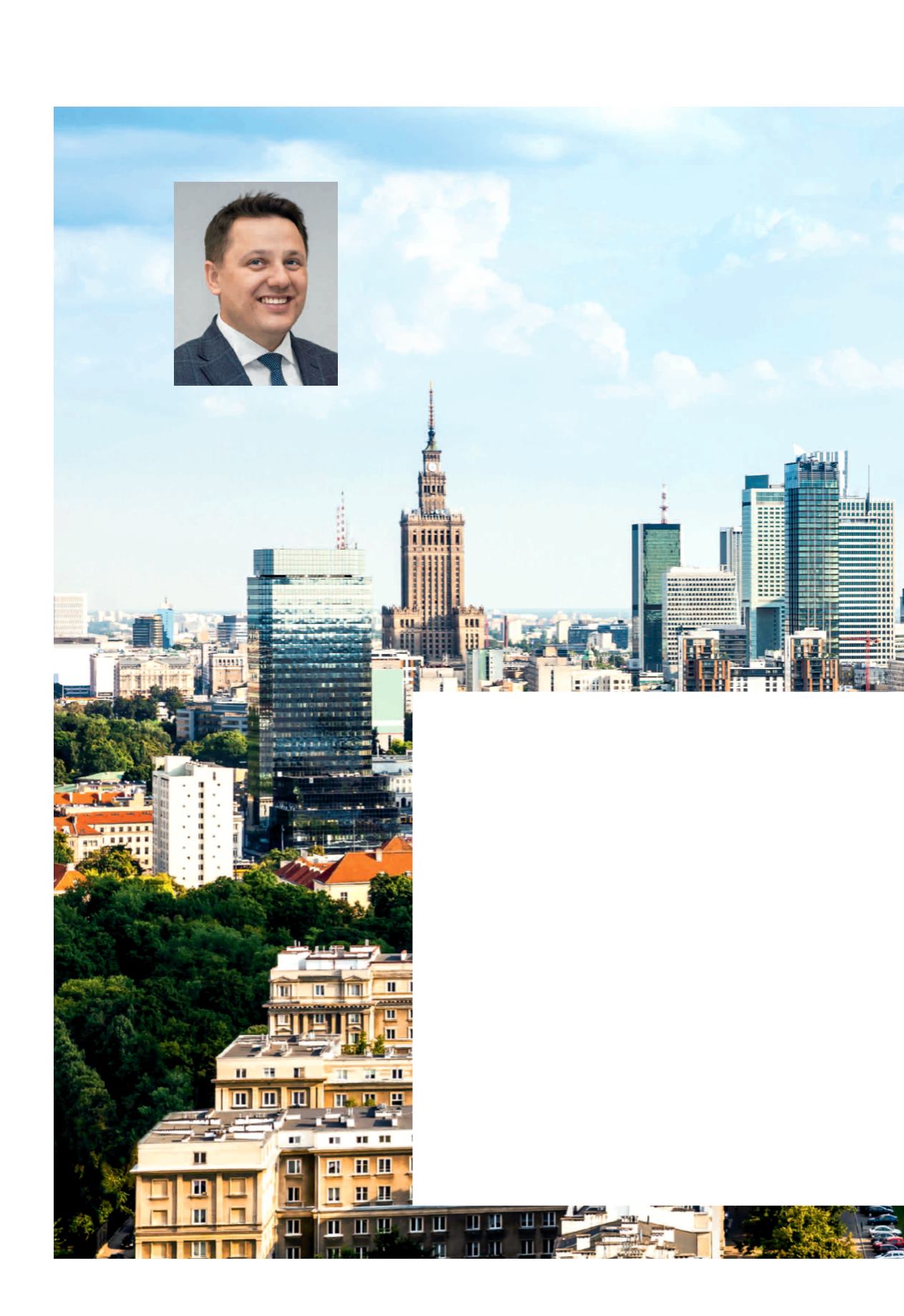

world has also broadened the horizons of their family members
who remain at home. For many young Poles speaking other lan
guages, especially English, is a matter of course. This helped the
country when the IT sector in America began to spread its influ
ence around the globe. Polish mathematicians were able to read
new specialist publications in their original language – unlike
their colleagues in other countries who had insufficient knowl
edge of English.
Poland has a population of 38 million people, and around two
million young Poles study at the country’s 420 universities. In
Warsaw, 20 per cent of people have a university background.
This highly motivated young generation wants to prove that it
is not just good, but in many cases even better. Education played
a pivotal role at an early stage in Poland’s history. In 1364,
King Casimir III founded Jagiellonian University in Kraków. It is
Poland’s oldest university and the second oldest in Central
Europe. Notable alumni include Nicolaus Copernicus and Pope
John Paul II.
Today, extensive knowledge of computer hardware and software
is something that young Poles take for granted. With 1,500
mobile phones per 1,000 inhabitants, Poland is a country that
has embraced modernity. Having joined the EU on 1 May 2004,
Poland is one of the nations that has made the most of the
Modern office buildings
have
transformed the Warsaw skyline.
Warsaw is now one of the top ten
cities with the most skyscrapers
in Europe.
“The activities of Festo Poland
are an excellent example of how it
cooperates with Polish industry.”
Marcin Zygadło, General Manager of Festo Poland


















